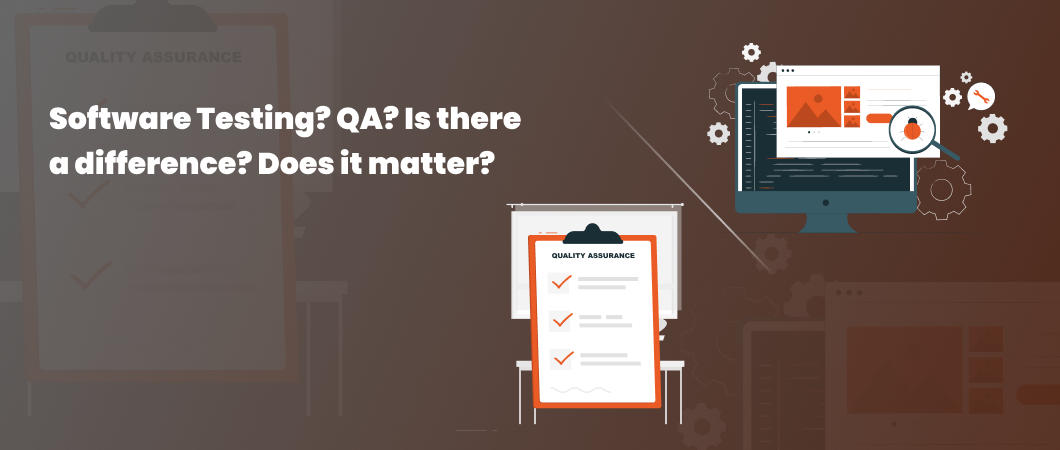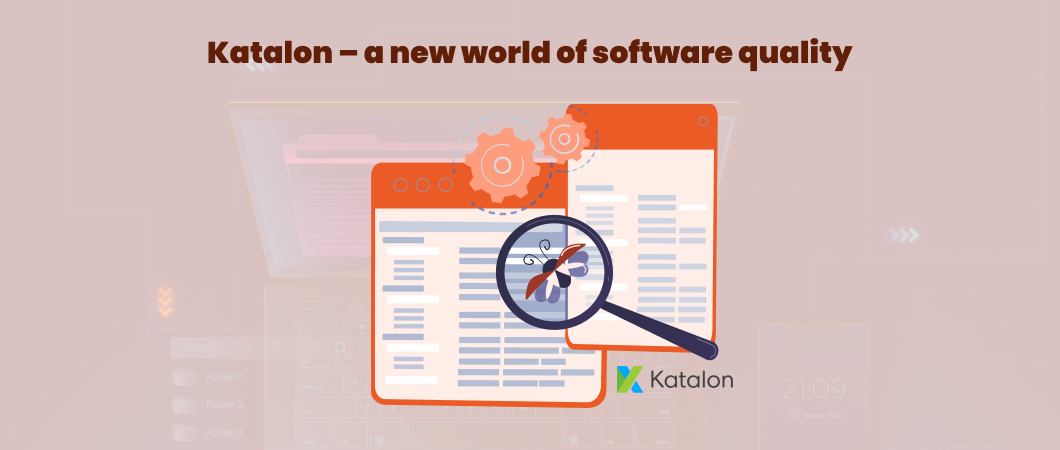The QA automation landscape is getting excruciatingly complex; automating the QA process has never been easy – especially in an Agile and DevOps age where continuous integration and deployment has become a requisite.
Coordinating, managing, and scaling complex deployments can get overwhelming and error-prone, making it difficult to ensure most defects are found before they reach the customer. But as teams struggle to automate routine tasks, they also have to meet the demands of scalability.
Deciding which tests are relevant and which should be automated is challenging enough; add to that the need for your QA automation to be in step with your app as your app grows in size and complexity.
Why you need to focus on scalable QA automation?
Success in QA automation doesn’t come easily. Although most teams take a considered approach to QA automation, many face obstacles when it comes to scaling their automated test environment.
Success in QA automation doesn’t come easily. Although most teams take a considered approach to QA automation, many face obstacles when it comes to scaling their automated test environment.
Building the tests for initial coverage is usually straightforward. The challenge lies in ensuring they stay reliable over time. As test suites grow, problems start to creep in. The sources are many; from misinformation about test automation tools to over- or under-engineered automated testing environments that fail to drive the necessary outcomes. Instead of achieving massive improvements in QA efficiency, testing teams end up spending far more time in workarounds and thus miss out on delivering higher-value outcomes.
Since the task of devising a few test cases is far more manageable than devising tens of thousands of test cases for complex applications, you need a structured plan to derive the required impact from QA automation.
The aim must be to create a plan that has test cases that are easy to write and maintain, quick to run, reliable, and cost-efficient.
Scalable QA automation enables you to expand your automated testing environment, while seamlessly meeting the quality expectations of your customers. It helps control the processes of scalable test execution while comparing test outcomes and reporting on functions that would otherwise require manual testing.
Scalable QA automation not only helps maximize the outcomes of automating your test procedures but also helps increase test execution speed as well as test coverage. You can simplify test execution processes, improve test reliability, and improve test accuracy with minimal human intervention. Scalable QA automation also helps shorten the development cycle and reduce QA costs while increasing product and customer value.
When it comes to using scalable QA automation, you need to carefully consider and plan for several aspects of your testing environment. These include the design and organization of your automated tests, the structure of your automation processes and how your automation tools (and the application being tested) have been designed for testability and stability.
How to scale?
- While performing scalable QA automation, make sure to test your products across performance, response time, network and memory usage, and throughput, and determine how your application scales with increasing workloads.
- Test design is a critical aspect of scalable QA automation. So, ensure proper design for your tests to increase the effectiveness of your test cases and thus deliver quality.
- Gauge the extent to which QA efforts have been woven into your development process, and how collaboratively your teams work with each other.
- The use of the right tools and technology is also important for stabilizing your QA automation environment as you scale. Make sure the tools you choose can seamlessly generate and test loads from multiple machines and sources at the same time and parallely execute multiple tests to drive high testing efficiency.
- The use of the right tools and technology is also important for stabilizing your QA automation environment as you scale. Make sure the tools you choose can seamlessly generate and test loads from multiple machines and sources at the same time and parallely execute multiple tests to drive high testing efficiency.
- As automation code gets updated by multiple people, ensure proper documentation so everyone can understand what the code is trying to convey and easily debug it. Update it as well as analyze the results – as the code grows.
- Lastly, ensure your automation testing environment has the necessary processing and memory capacity needed to run tests at scale.
Achieve scale with speed
As new features and functionalities get added to software products, ensuring the QA automation framework is capable of addressing added functionalities can become a massive task.
If your QA automation cannot scale, it will lead to teams spending more time understanding and debugging code. It will cause more rework due to poor design. That, in turn, can result in massive technical debt.
Scalable QA automation is a great way to ensure your test suites are designed for growth. However, creating, configuring and running scalable automated tests is not possible without a careful and well-planned approach. So, make sure to invest properly in scalable QA automation and achieve scale with speed and quality for all your applications.



